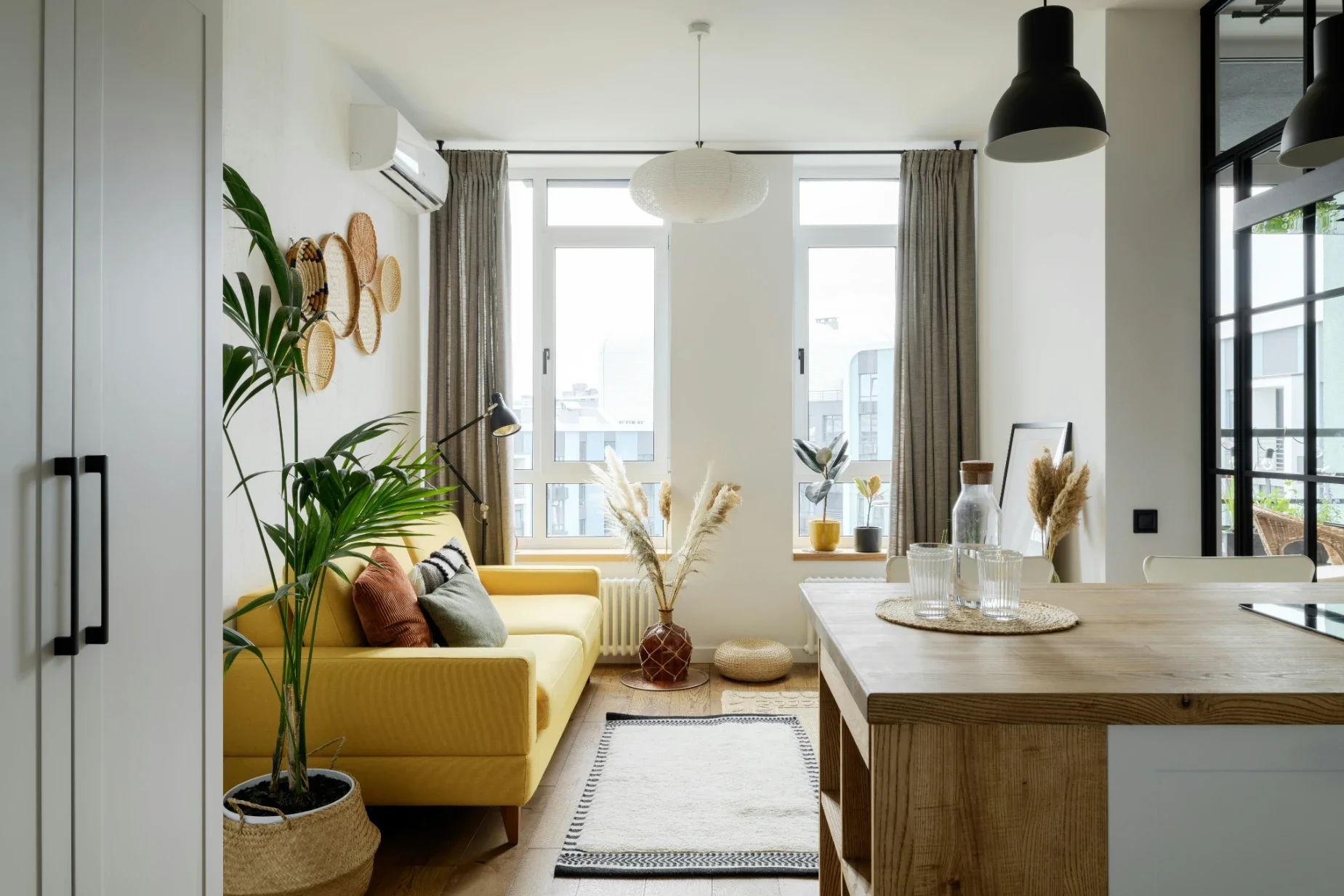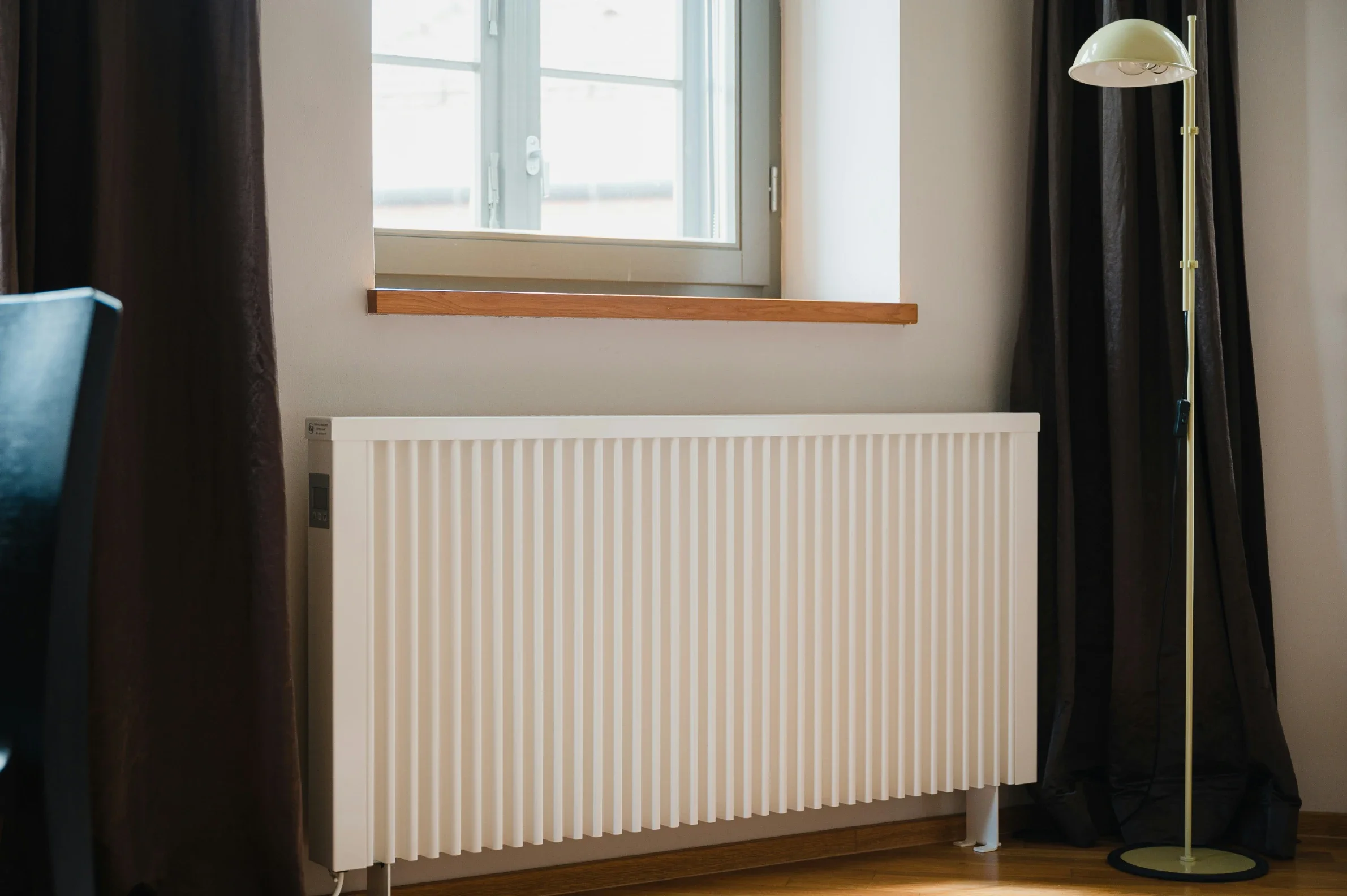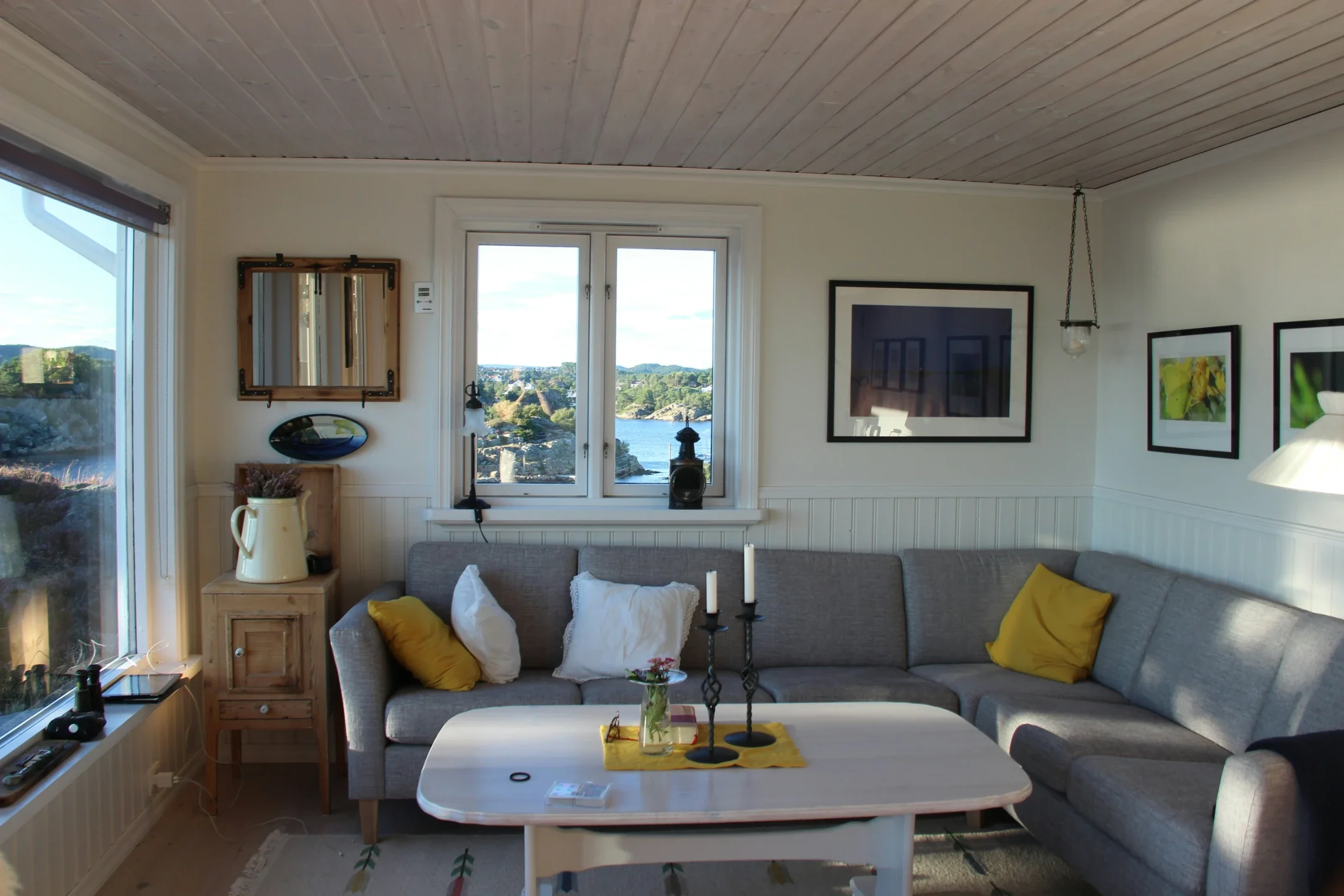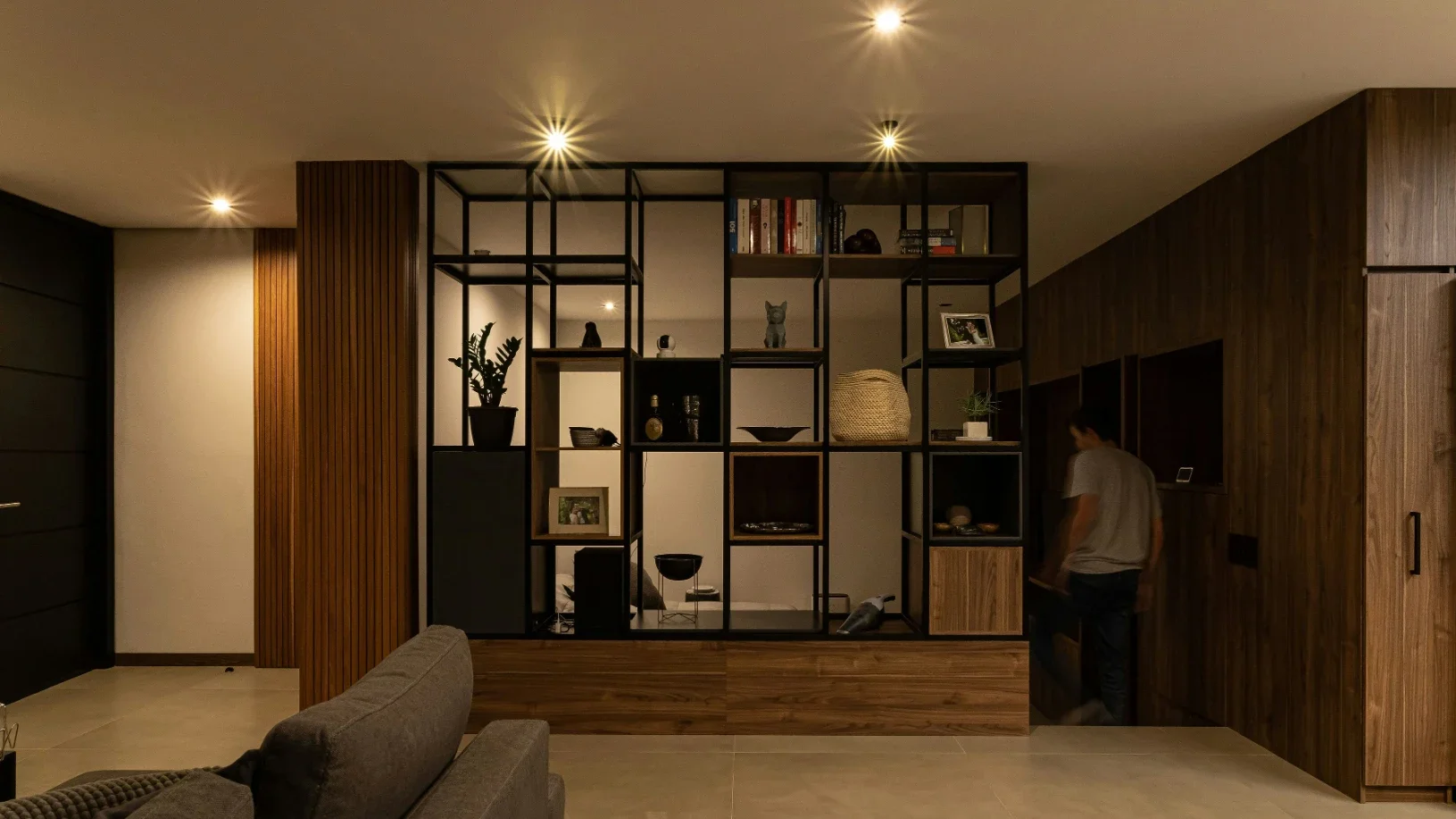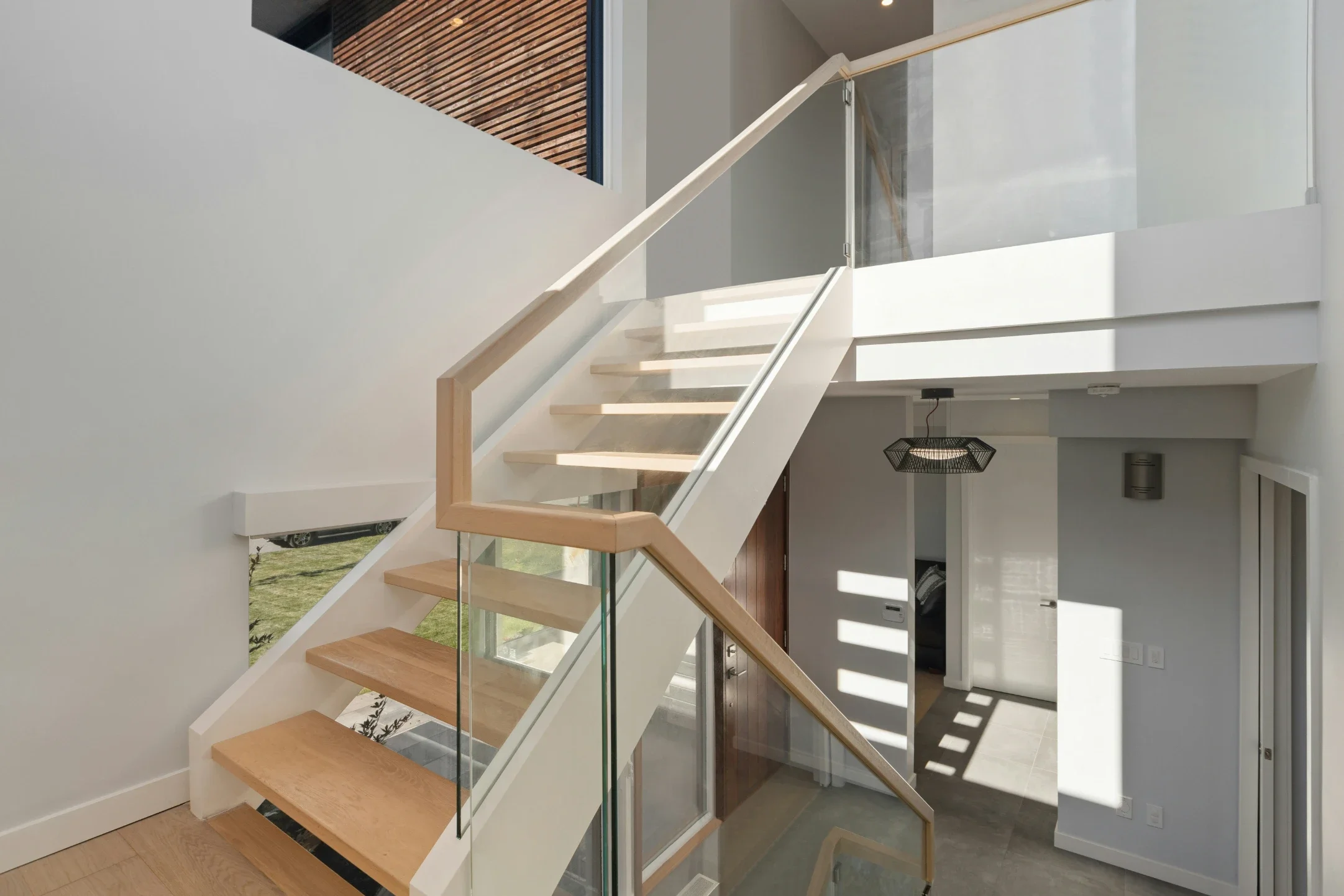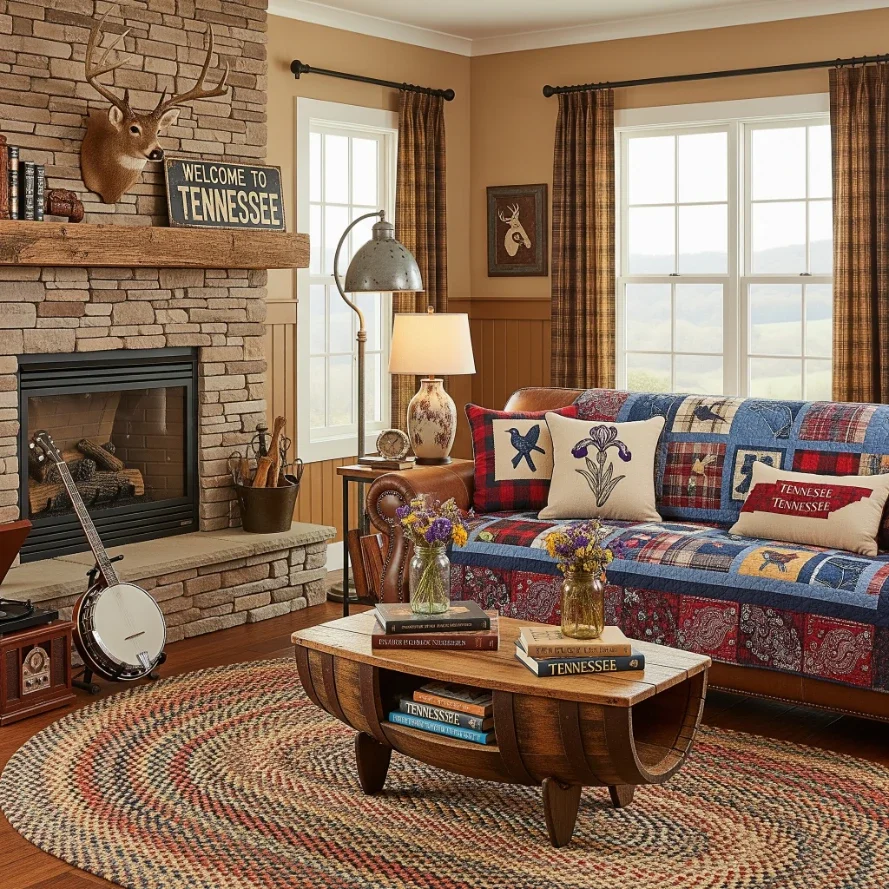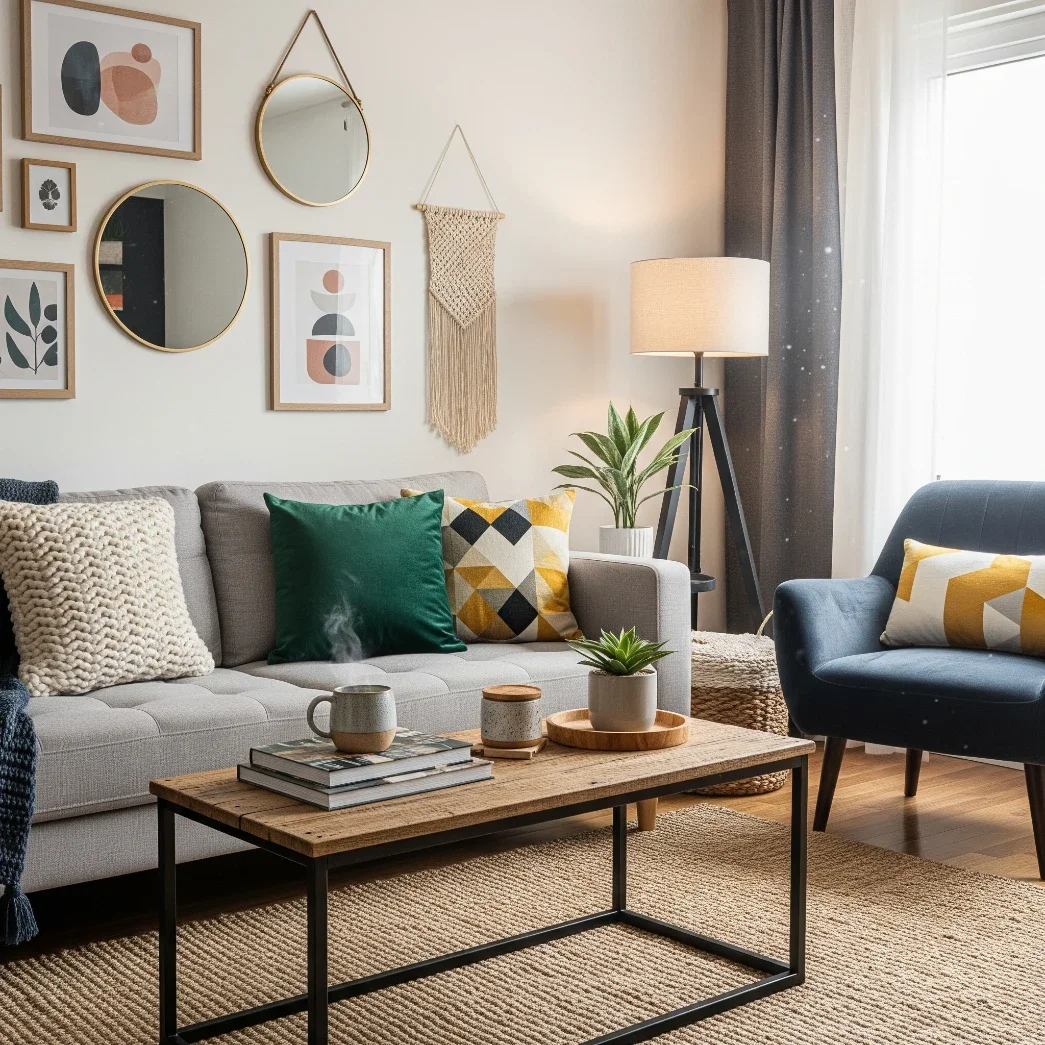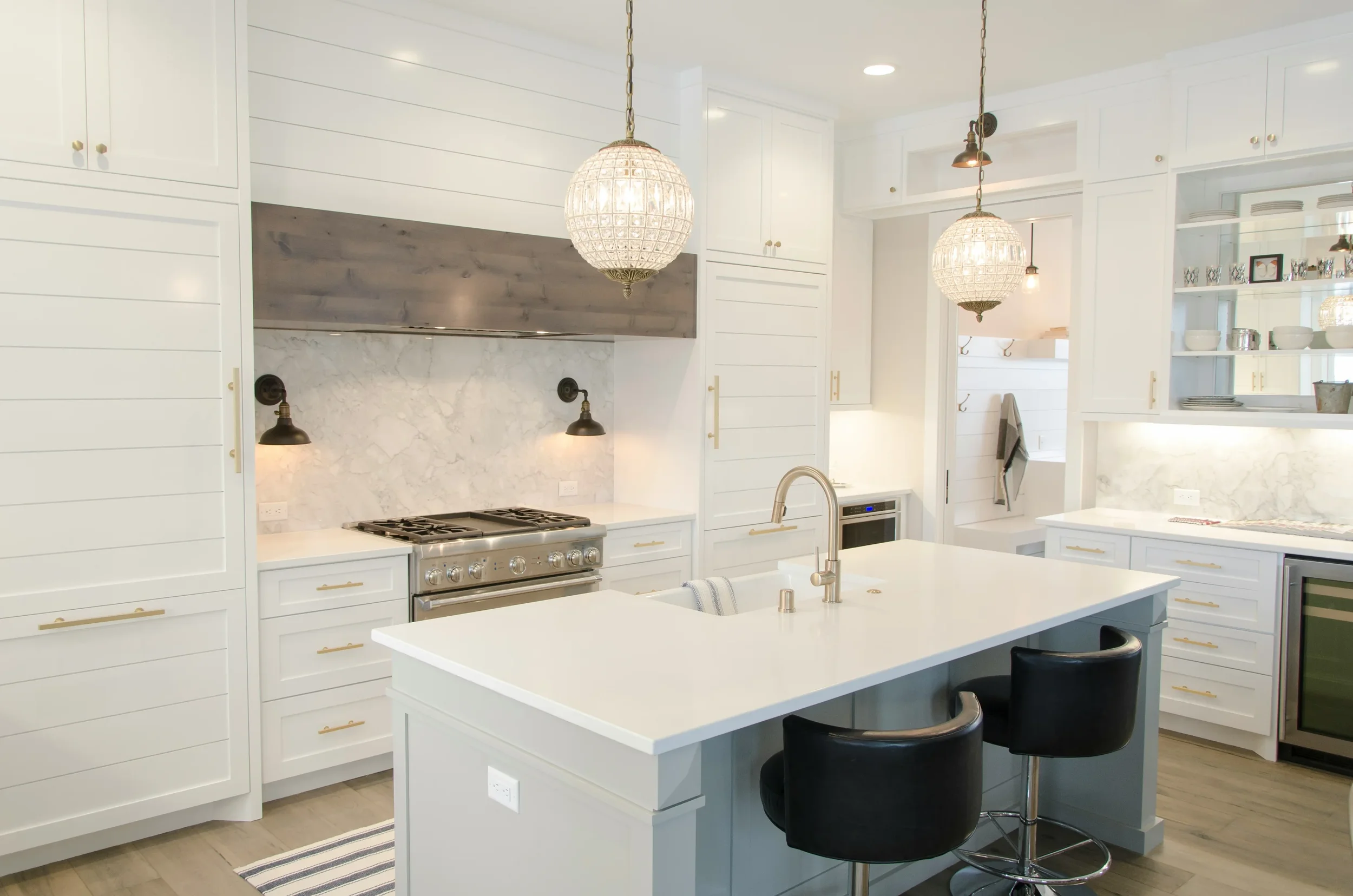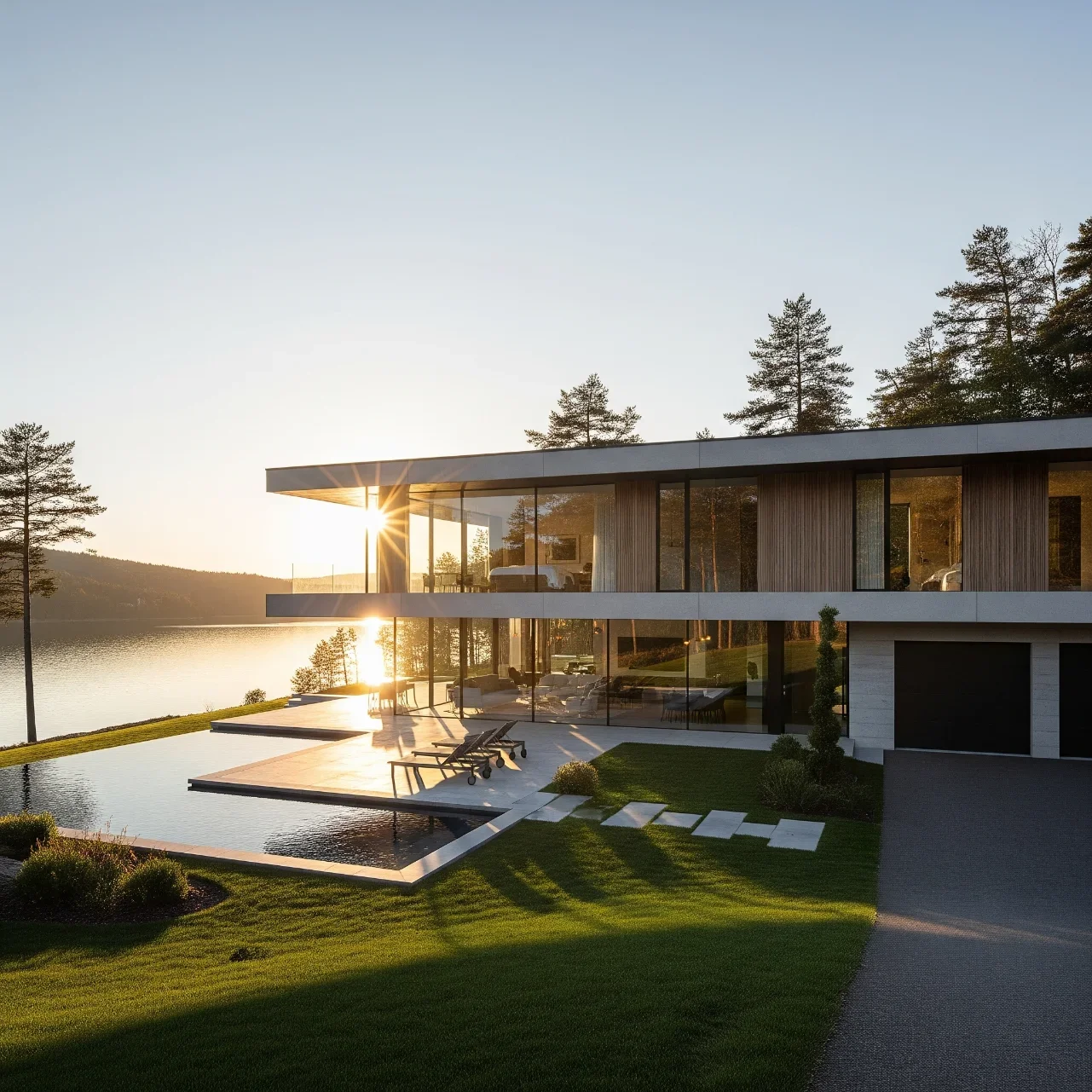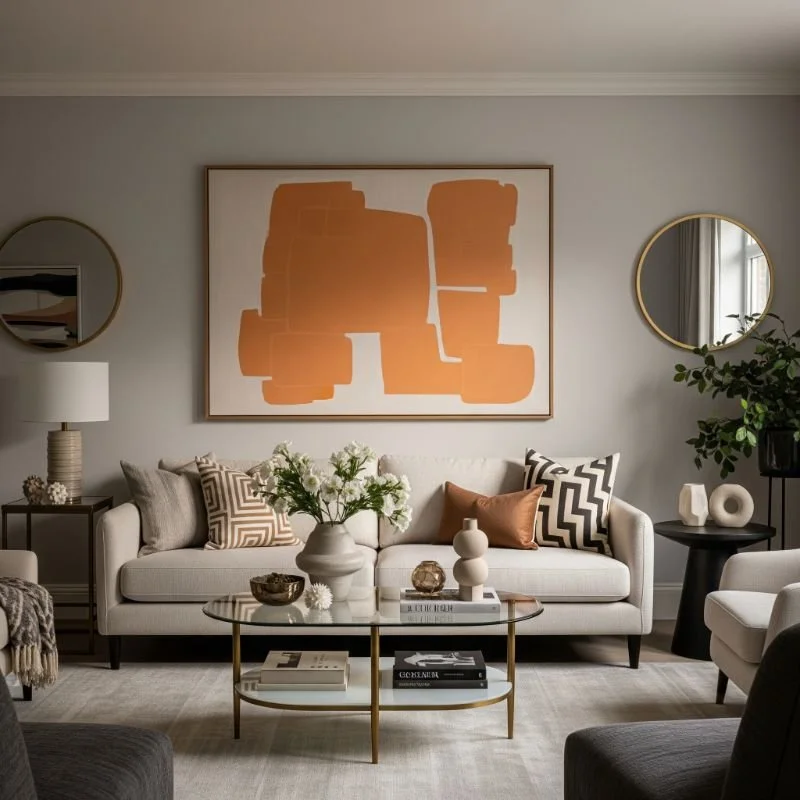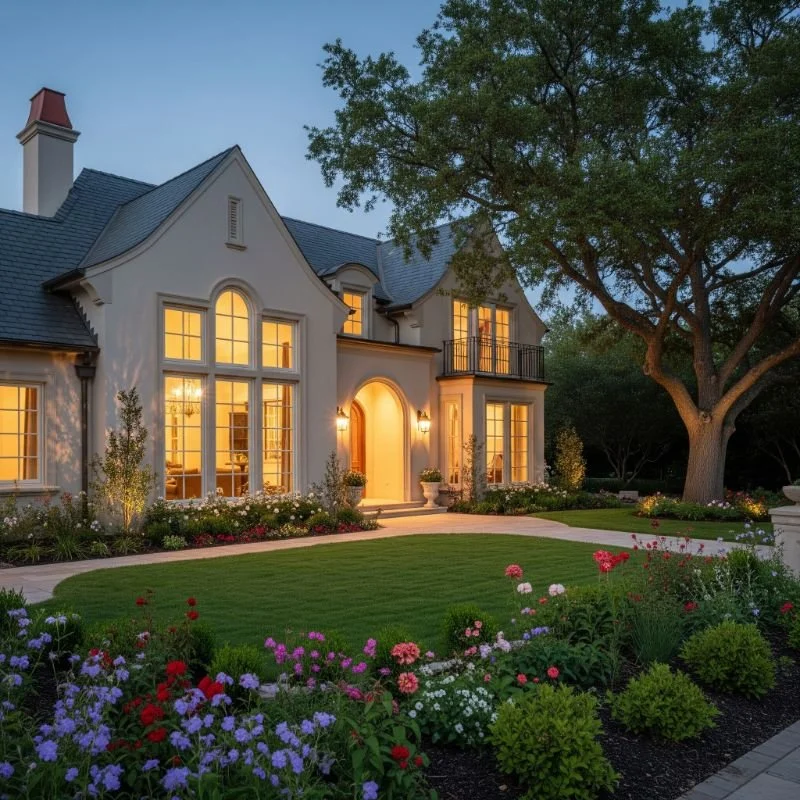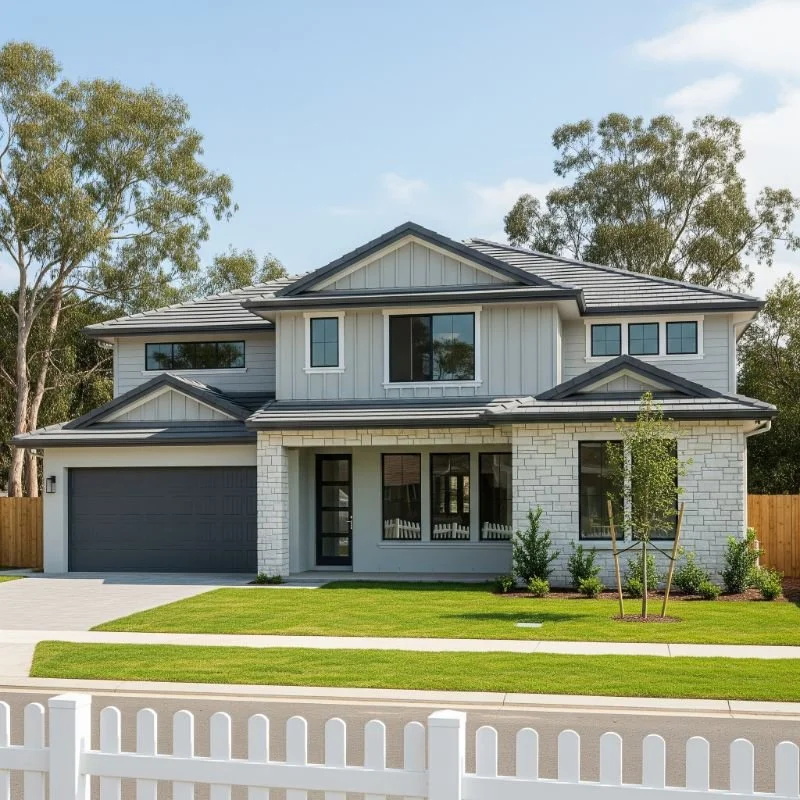How to Design Multi-Purpose Home Spaces for Work and Family Life
Discover practical tips to balance remote work and home life in shared spaces. Learn about soundproofing, acoustic door seals, and smart design strategies.
In today's homes, the lines between work and personal life are blurrier than ever. Kitchens double as offices. Living rooms host Zoom calls and movie nights. Bedrooms moonlight as creative studios. As remote work and flexible schedules become the norm, our homes are asked to do more—and do it better. This shift has made the design of multi-functional spaces a luxury and a necessity.
The challenge isn't just fitting everything under one roof—it's ensuring those functions don't clash. Creating effective boundaries between work and family activities requires thoughtful planning of both physical and acoustic elements. Many homeowners are discovering that simple solutions like acoustic door seals can make a significant difference in maintaining separation between professional calls and family conversations, allowing multiple activities to coexist peacefully under one roof.
The Challenge of Modern Living in Multi-Functional Homes
The rise of remote work has turned homes into hybrid spaces. Where once a dining room simply hosted meals, it now competes with laptops, headsets, and to-do lists. Parents take calls while children do homework across the table. Shared spaces are now expected to support focus, creativity, play, rest, and productivity—all at once.
But this new reality introduces friction. Noise overlaps. Privacy evaporates. A lack of separation between roles—worker, parent, partner—can lead to burnout. Homes weren't originally built with these overlapping needs in mind, and many families are left scrambling to retrofit their spaces to support new rhythms of daily life.
Balancing Productivity and Privacy in Shared Spaces
Striking a balance between getting work done and enjoying time with your family starts with rethinking how space works. A home office can't just be functional—it has to be protected from distraction. Likewise, family areas should remain warm and inviting, not feel like overflow from a busy workday.
Privacy is key, not just visually, but acoustically. Quiet corners for focused work help reduce stress and prevent conflicts. High-functioning shared spaces use design to direct activity and set expectations. Everyone benefits when a space supports both productivity and downtime—from solo entrepreneurs to kids doing homework.
Sound Management Solutions for Harmonious Living
Sound is often the invisible culprit in household tension. A video meeting in one room can easily disrupt a nap in the next, and loud footsteps upstairs can distract someone deep in concentration. That's why smart sound management is essential in any multi-purpose home.
Essential Sound Insulation Products for Home Offices
For anyone working from home, minimizing noise is non-negotiable. The right sound insulation products can transform even a noisy corner into a productive zone. Acoustic panels absorb unwanted echoes and reduce ambient noise. Door seals—especially high-quality options like those from Sound Pro Solutions using acoustic door seals—block sound leakage between rooms. Adding sound-dampening materials to walls, floors, and ceilings further increases quiet and control.
Whether you're converting a spare bedroom or carving out a nook in the basement, investing in the right acoustic tools can make a difference in how peaceful and functional your space feels.
Dual-Purpose Furniture with Acoustic Benefits
Multi-functional furniture isn't just about saving space—it can also help manage sound. Upholstered items like thick fabric sofas, padded benches, and even bookshelves loaded with soft materials absorb noise and reduce reverberation. Acoustic privacy pods or soft-walled booths offer quiet zones without needing a full remodel. Look for pieces that not only fit your style but also pull double duty in reducing noise and improving comfort.
Design Strategies for Flexible Spaces
Design is your secret weapon when making a single space do multiple jobs. It's not just about squeezing in extra furniture—it's about shaping an environment that adapts without stress. Smart layouts, visual cues, and lightweight dividers help shift a room's function from work mode to family time with minimal effort.
Room Dividers and Movable Partitions
Movable partitions are a go-to solution for flexible living. From sliding doors to folding screens to ceiling-hung curtains, these tools allow you to create zones within a room without major construction. They also provide privacy and can somewhat buffer sound, especially when made of dense or layered materials.
These dividers are essential for homes with open floor plans. Use them to close off a work area during calls or open things back up when it's time to gather as a family. Bonus: Some partition systems now come with acoustic features built in, combining form and function in one sleek package.
Color and Lighting Techniques for Zone Definition
Not every boundary needs to be physical. Color and lighting are powerful tools for signaling a change in purpose. A bold accent wall can mark a workspace, while warmer tones can define a relaxation zone. Task lighting helps keep focus where it's needed, while soft ambient light transitions the room into family mode.
Different floor or rug textures are another subtle way to separate zones without walls. These techniques help the brain shift gears—from working to unwinding—simply through environmental cues.
Creating Seamless Transitions Between Work and Family Activities
The most successful multi-use spaces aren't just functional—they feel good to live in. Transitioning smoothly between work and family life means more than rearranging furniture. It's about flow, mindset, and design that supports the rhythm of your day.
Storage Solutions for Quick Transformations
To keep clutter in check and your mind clear, storage is everything. Built-in shelving, mobile carts, and furniture with hidden compartments allow you to stash laptops, paperwork, toys, and chargers in seconds. The faster you can tidy up, the faster your space can change roles.
Labeled bins, drawers with dividers, and vertical storage can all help make transitions more fluid. Think of it as setting the stage for each part of your day—and clearing it just as easily.
Digital and Physical Boundaries for Mental Well-being
It's not enough to physically separate work and life. You need digital and psychological boundaries, too. That might mean setting a hard stop on screen time, muting work notifications after hours, or using a different device for personal use.
Physically, the right materials matter. Soundproofing—whether with acoustic panels, rugs, or door seals helps reinforce the idea that your workspace is its own zone. Even symbolic gestures, like closing a door or turning off a desk light, can help your brain switch from "on" to "off."
Multi-functional homes are the new normal. With a little strategy and the right tools, you can create a space that supports every part of your life, without stepping on itself. Designing for harmony means giving each part of your day the space it deserves, even if it all happens in the same room.



